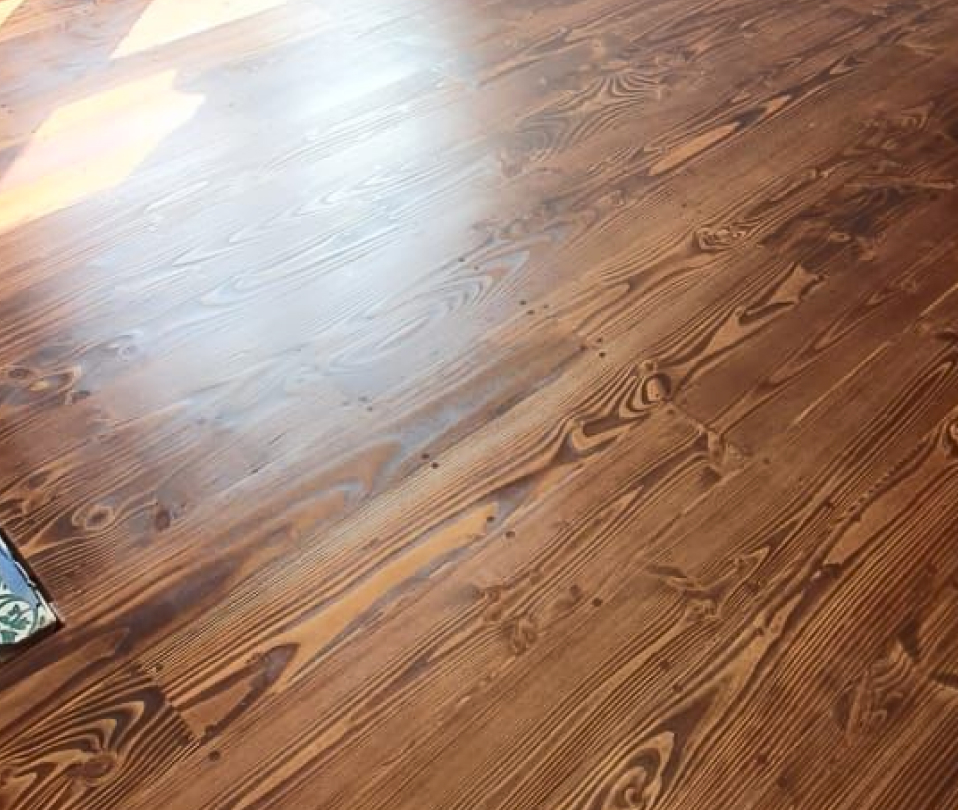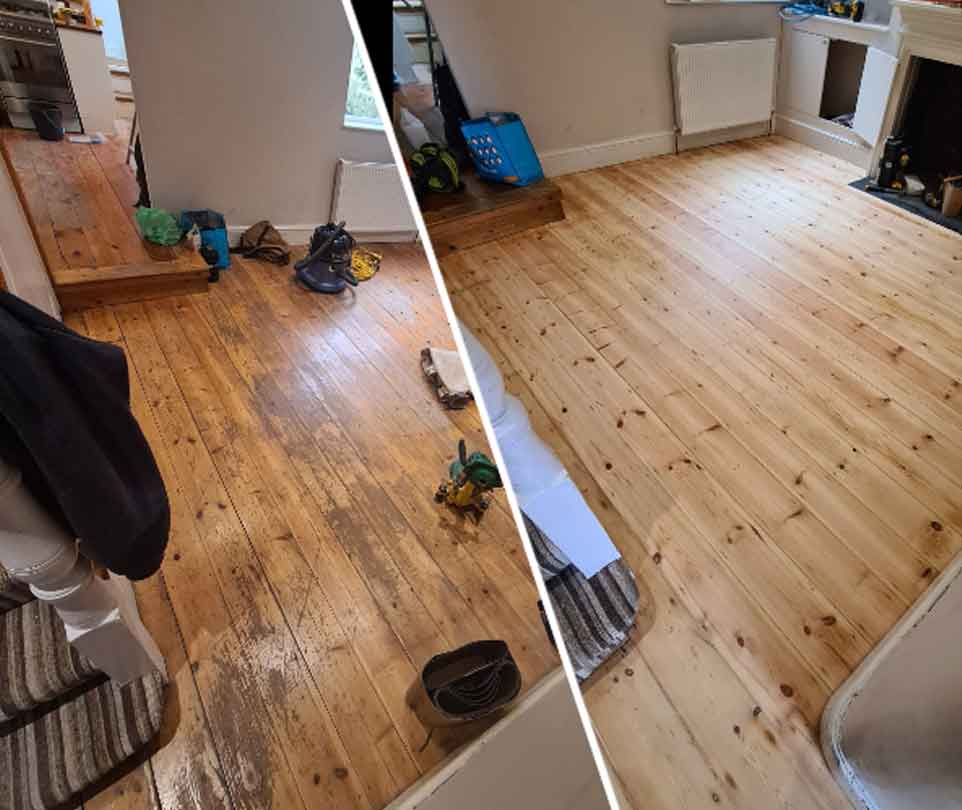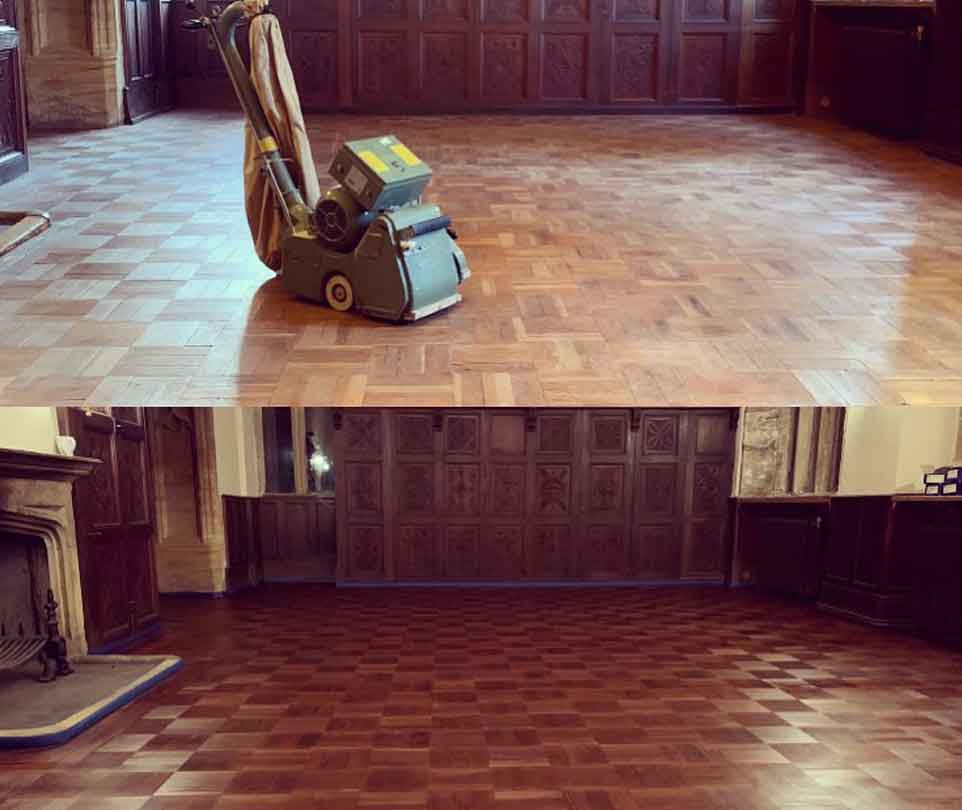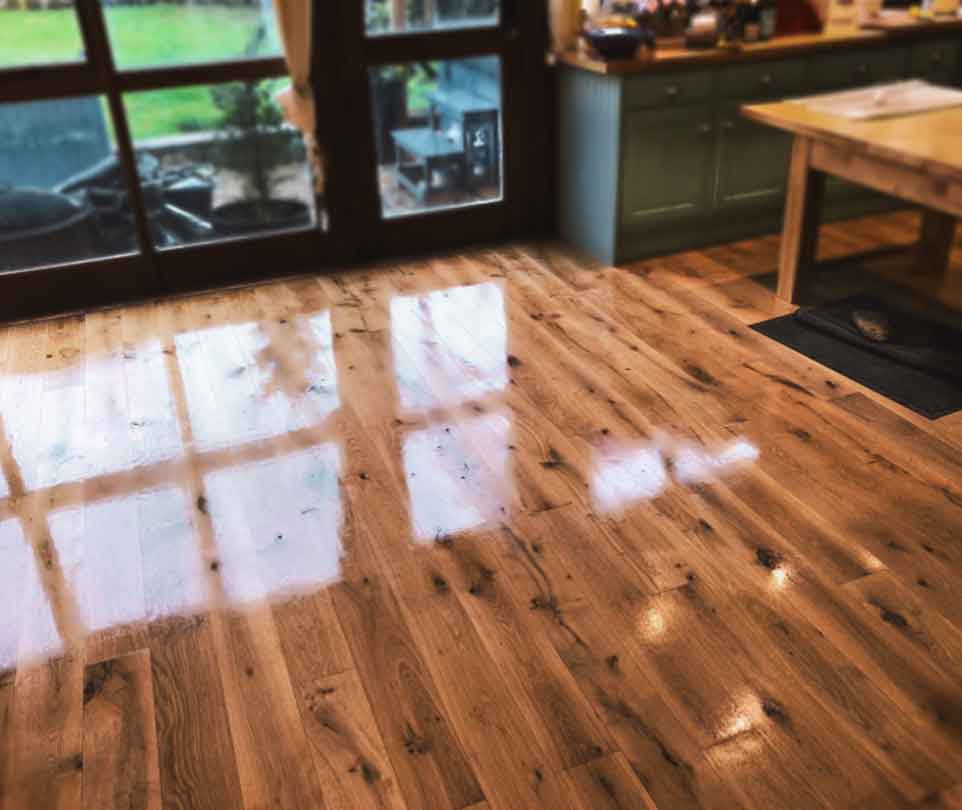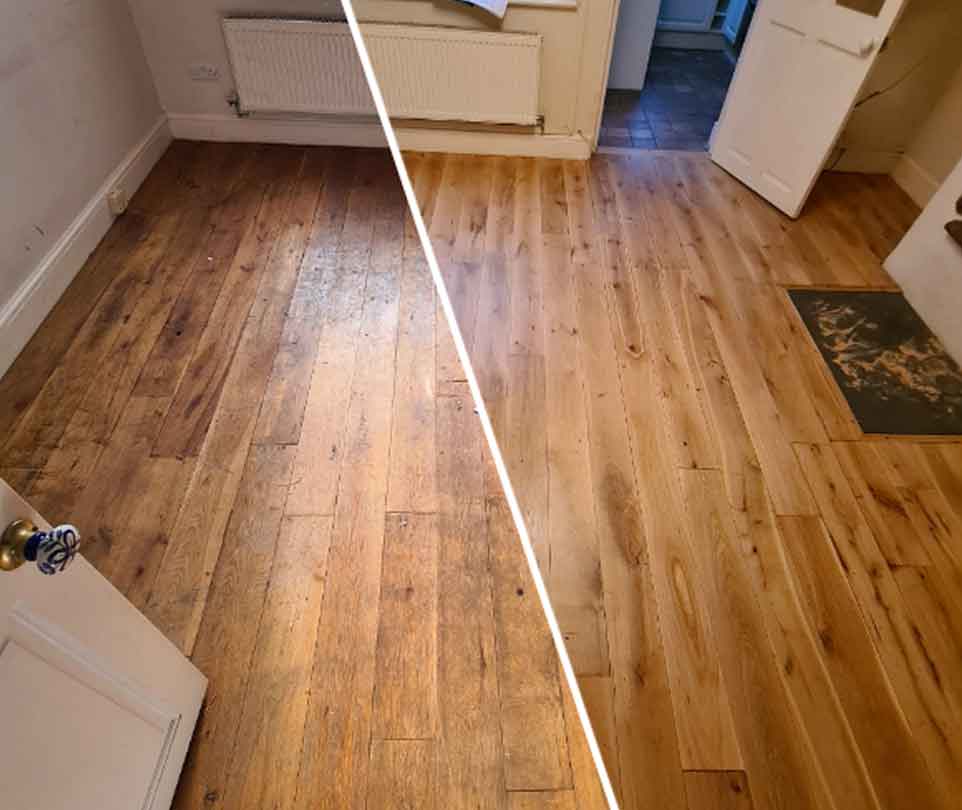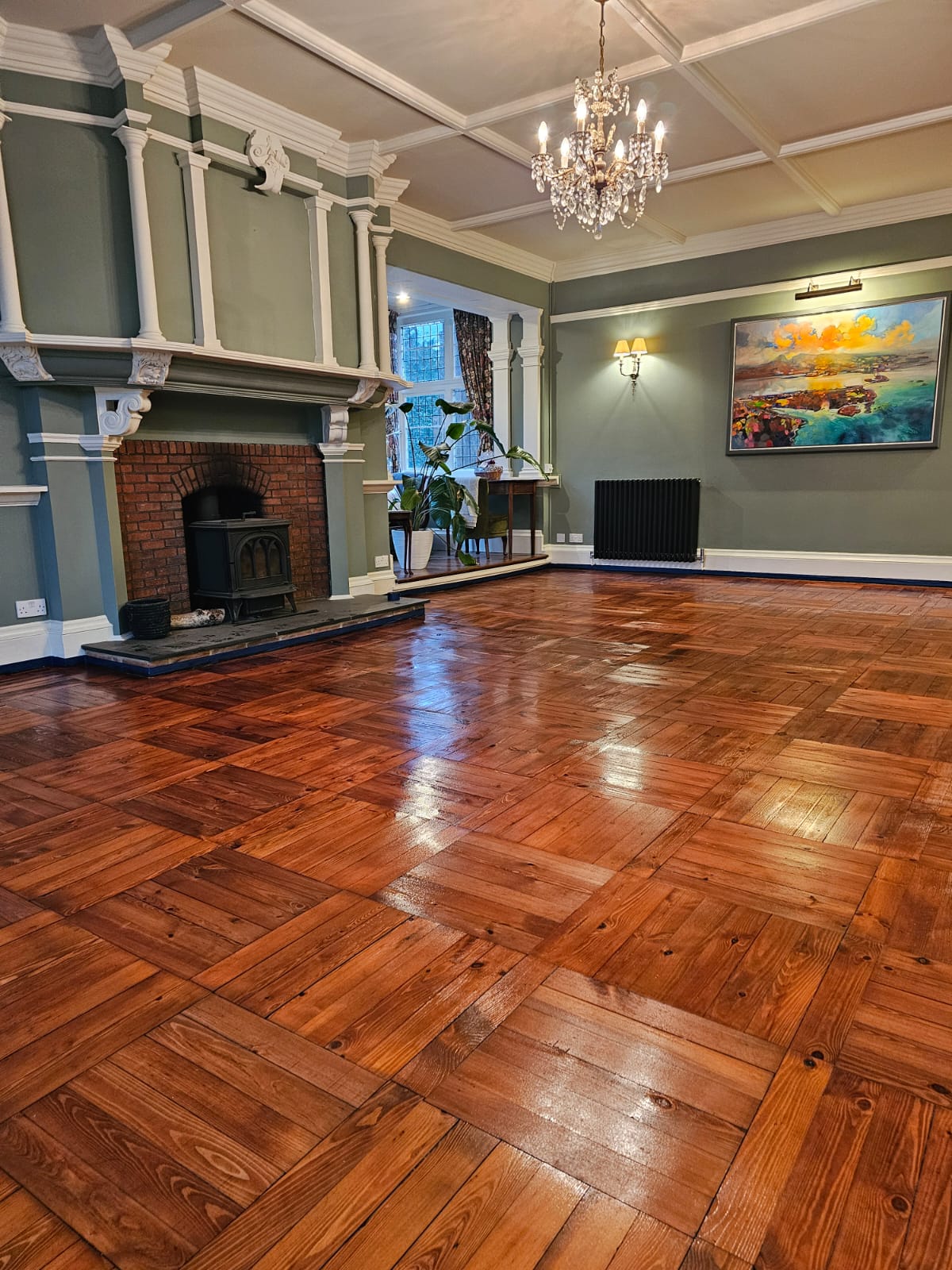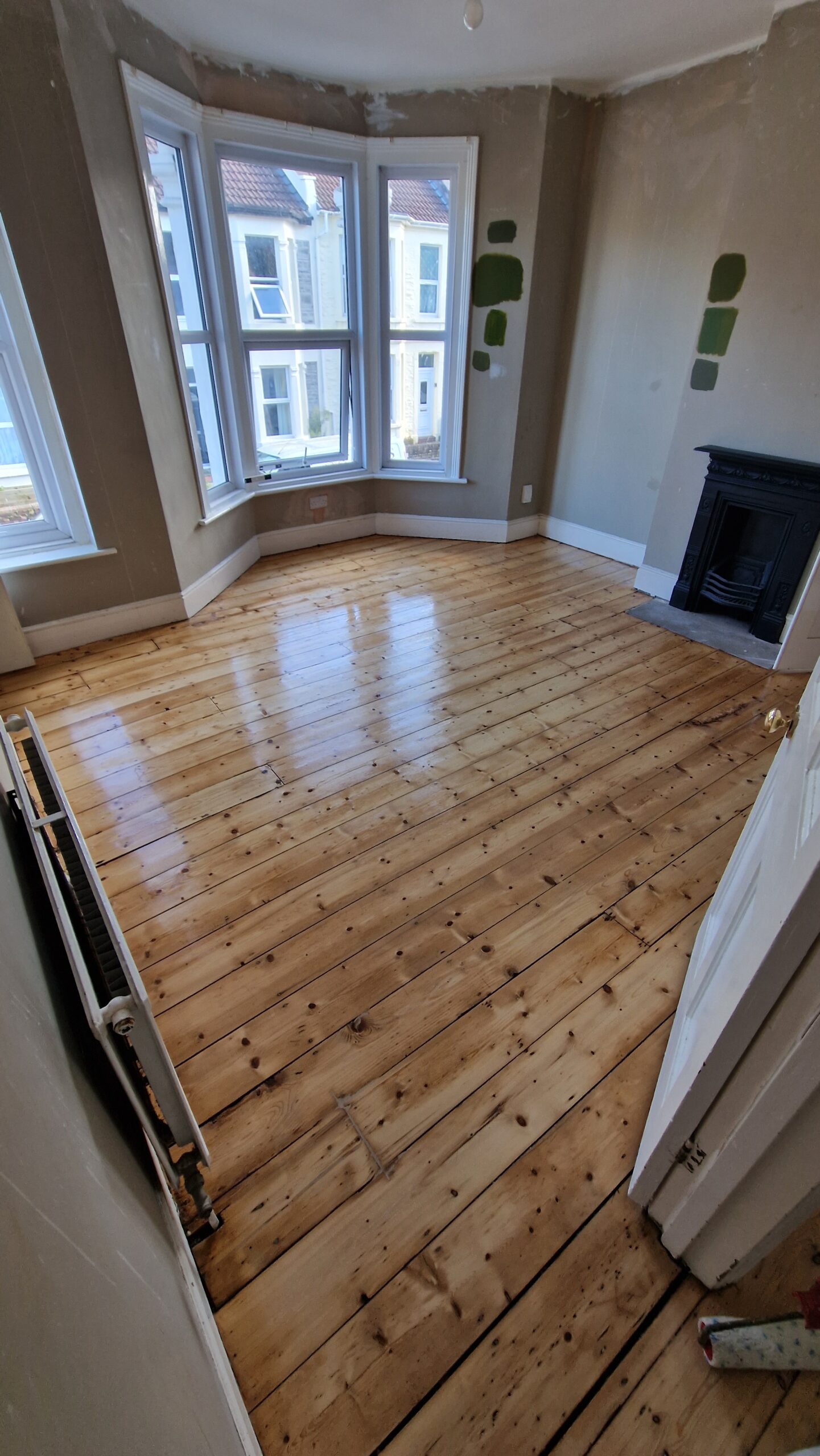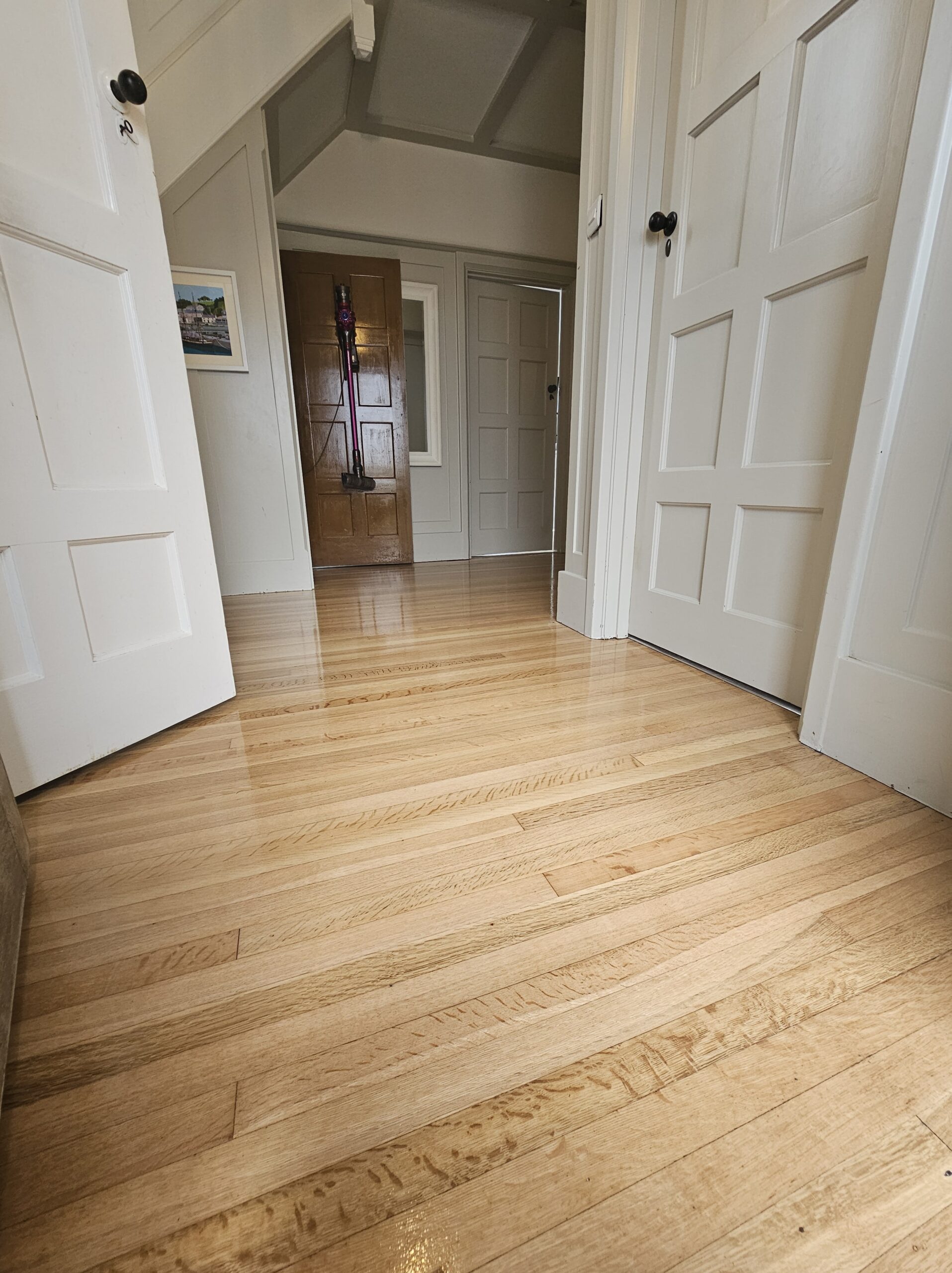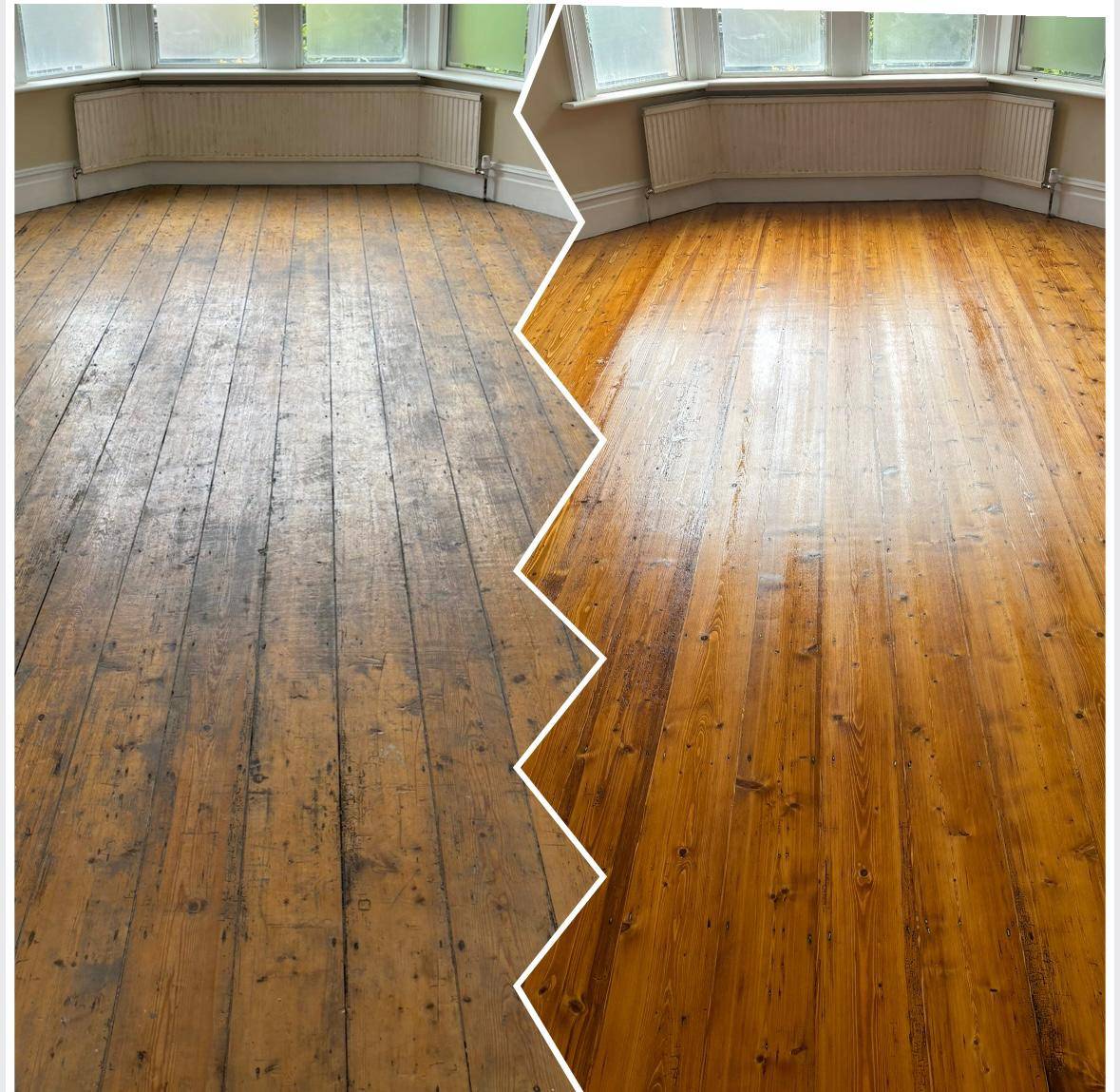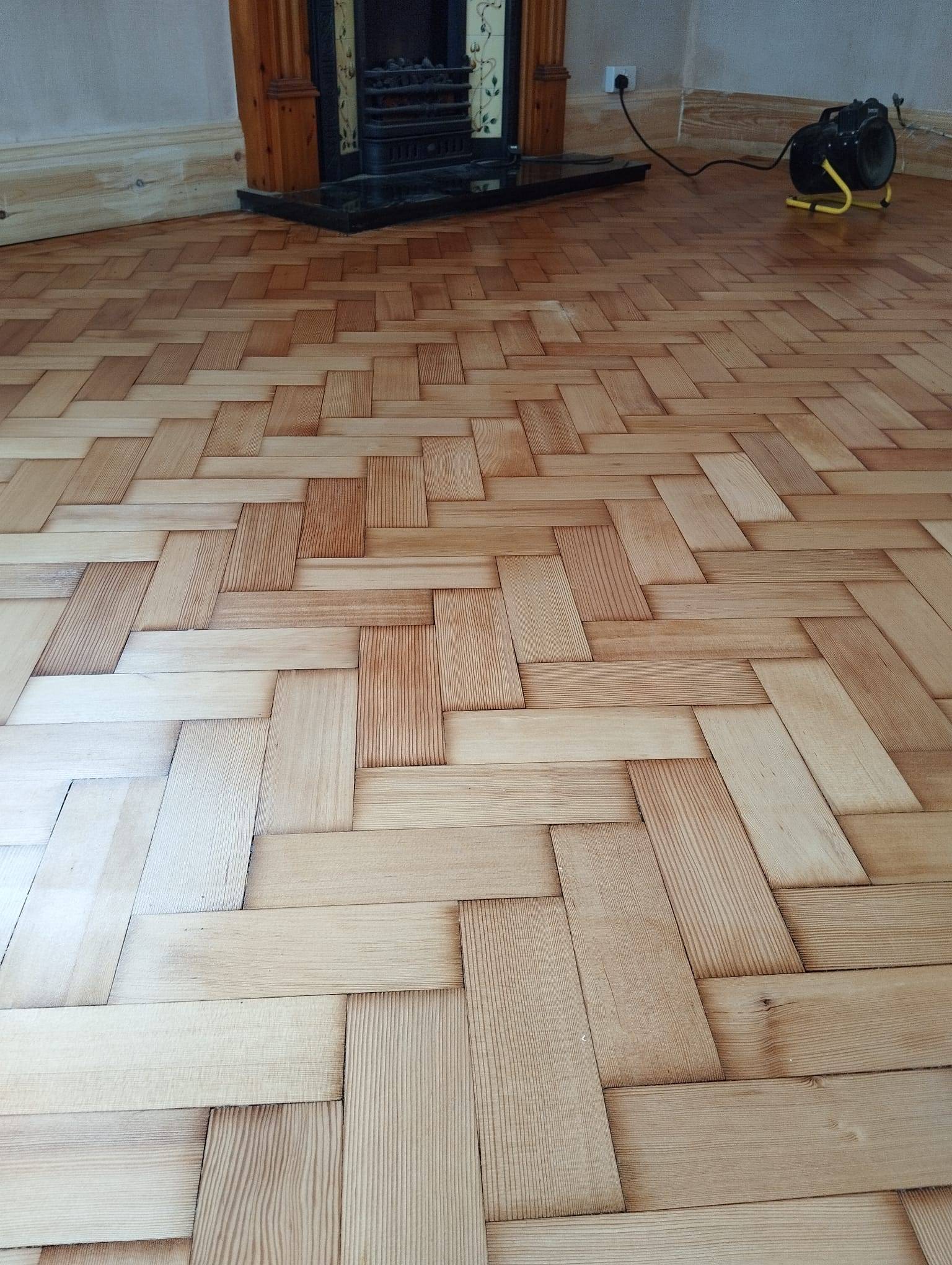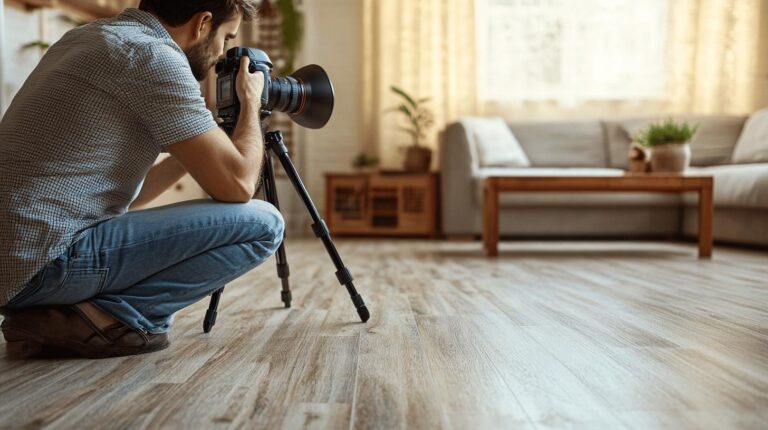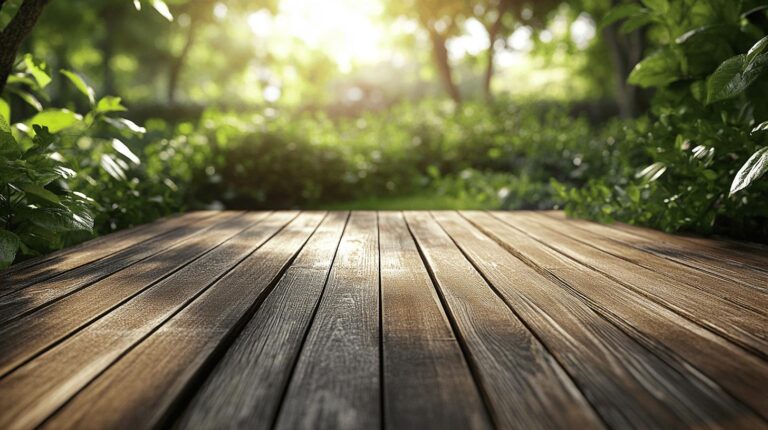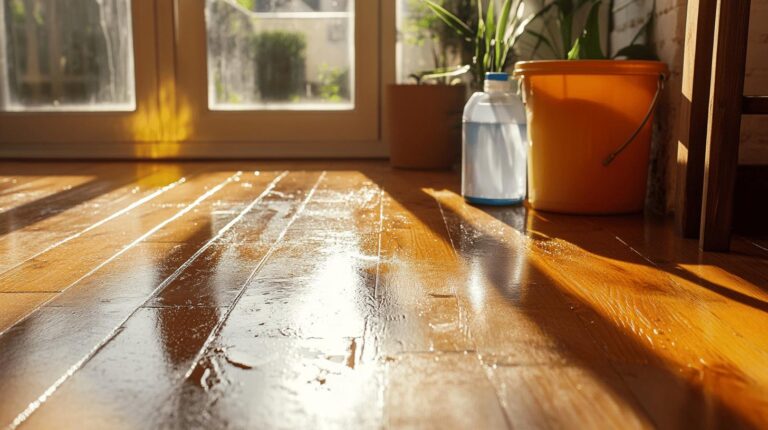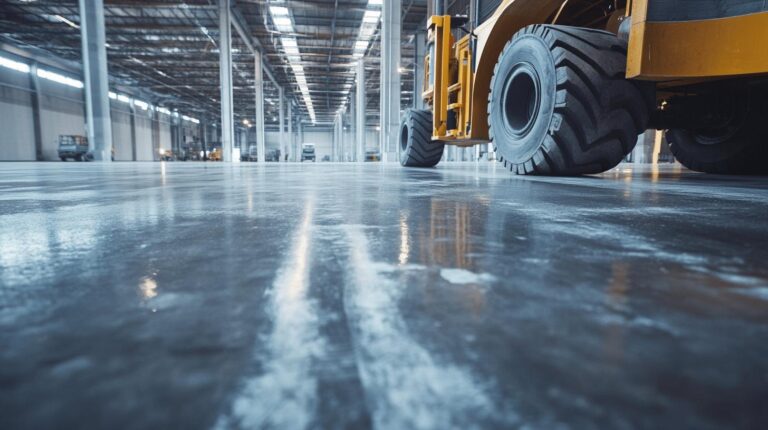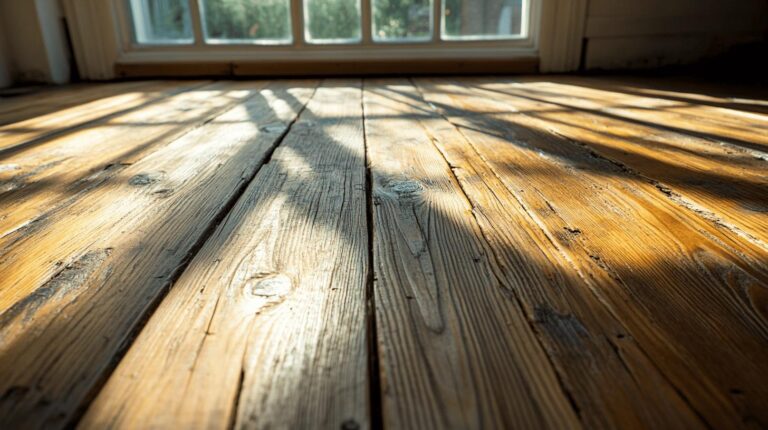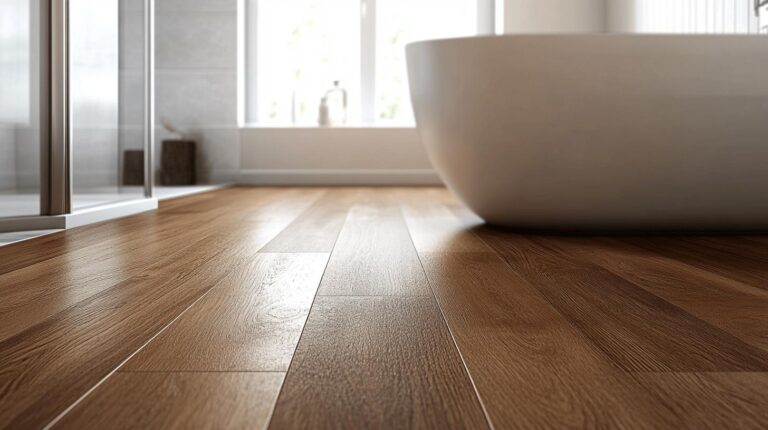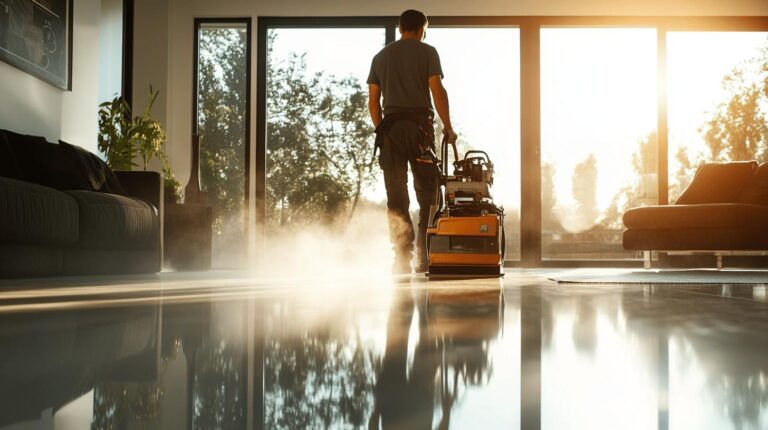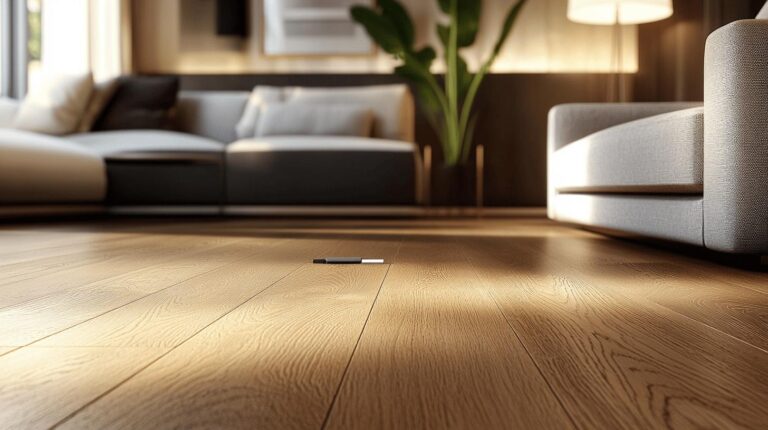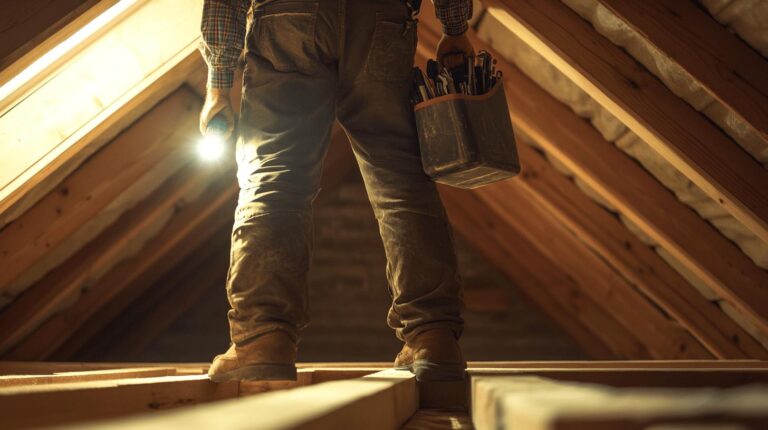Gaps between wooden floorboards form due to the natural expansion and contraction of wood in response to changes in humidity and temperature. Over time, the wood expands in warmer, more humid conditions and contracts in cooler, drier weather, which can lead to the development of gaps between the boards.
Filling gaps improves the appearance of your wooden floors, making them look smooth and well-maintained. It also helps prevent drafts, improves insulation, reduces dirt and debris accumulation, and can prevent further movement or damage to the floorboards over time.
Most solid hardwood floors and many types of engineered wood floors can have their gaps filled. However, it’s important to have a professional assess your floors to ensure the best method is used for your specific type of wood and the size of the gaps.
There are two main methods used to fill gaps in wooden floors: using a mixture of sawdust and resin-based filler for smaller gaps, and using wooden fillets (thin strips of wood) for larger gaps. Both methods are effective and will be chosen based on the size and condition of your floor.
The length of time it takes to fill gaps depends on the size of the floor and the extent of the gaps. Typically, the process can take between one to three days, including drying and finishing time. We will provide a detailed timeline during the consultation process.
Filling gaps greatly improves the appearance of your wooden floors by creating a smooth, uniform surface. While it won’t make your floors look brand-new, it will restore much of their original beauty and help prolong their lifespan.
In many cases, filling gaps can reduce or eliminate creaking by stabilising the floorboards and reducing movement. However, if the creaking is caused by loose boards or underlying structural issues, additional repairs may be necessary.
Yes, filling gaps in wooden floorboards helps to reduce drafts and heat loss by preventing cold air from entering through the gaps. This can improve the overall insulation of your home, making it more energy-efficient and comfortable.
Gap filling is a long-lasting solution, but like all wood, floorboards will continue to expand and contract over time. In some cases, particularly in older homes, additional maintenance may be required after several years to address any new gaps that form.
While there are DIY kits available for gap filling, it is a delicate process that requires precision to achieve a seamless result. Hiring professionals like Ryans Restoration ensures the gaps are filled correctly, using the right materials and techniques for long-lasting and aesthetically pleasing results.
The cost of gap filling varies depending on the size of the floor, the method used, and the condition of the floorboards. After assessing your floor during a consultation, we can provide a detailed estimate that fits your needs and budget.
Yes, gap filling can be done on floors that have been previously finished or stained. After the gaps are filled, the floor is typically sanded and refinished to ensure an even, cohesive appearance that blends with the existing wood.
Once the gaps are filled, it is important to allow sufficient drying time before using the floor. We generally recommend waiting at least 24 to 48 hours before walking on the floor and longer before placing furniture or rugs back on it, depending on the method used.
No, in fact, filling gaps makes it easier to clean your wooden floors. By eliminating the spaces where dust, dirt, and debris can accumulate, your floors will require less frequent and less intensive cleaning.
Ryans Restoration offers professional expertise and a tailored approach to gap filling, ensuring that your wooden floors receive the best possible care. Our experienced team uses high-quality materials and proven techniques to restore the beauty and functionality of your floors. We prioritise customer satisfaction and deliver seamless, long-lasting results for every project.

